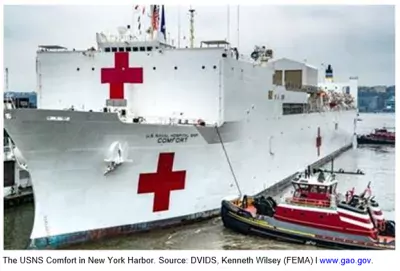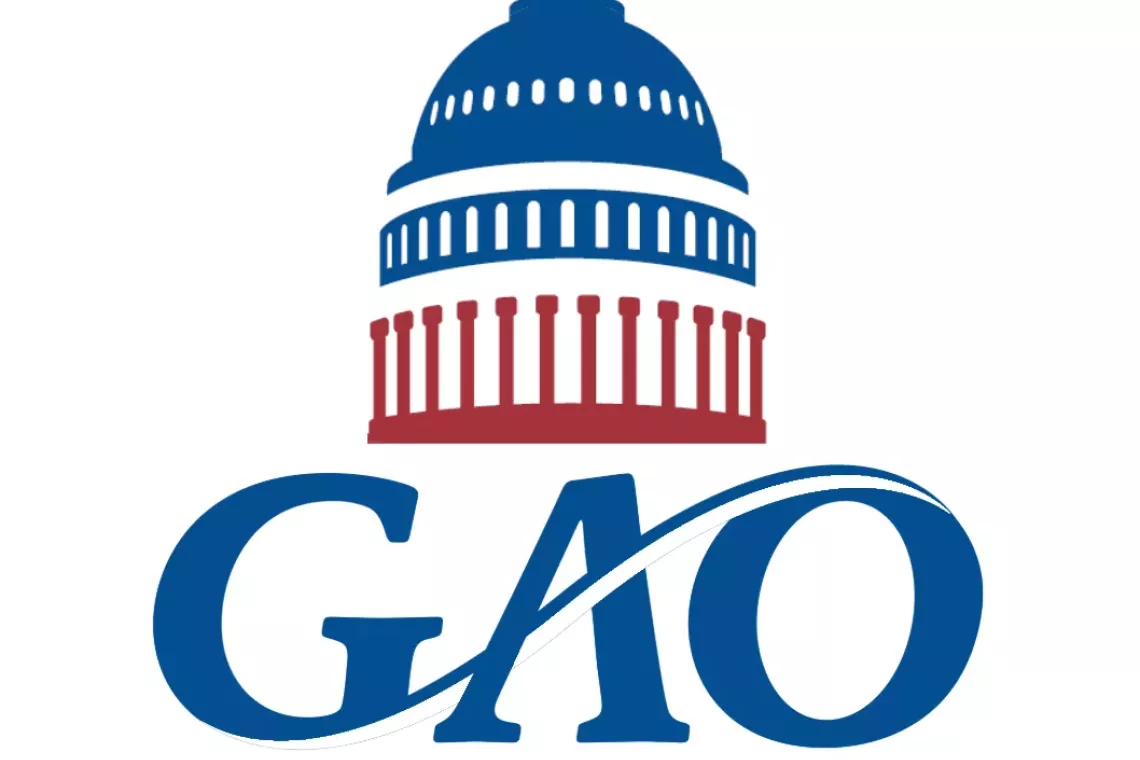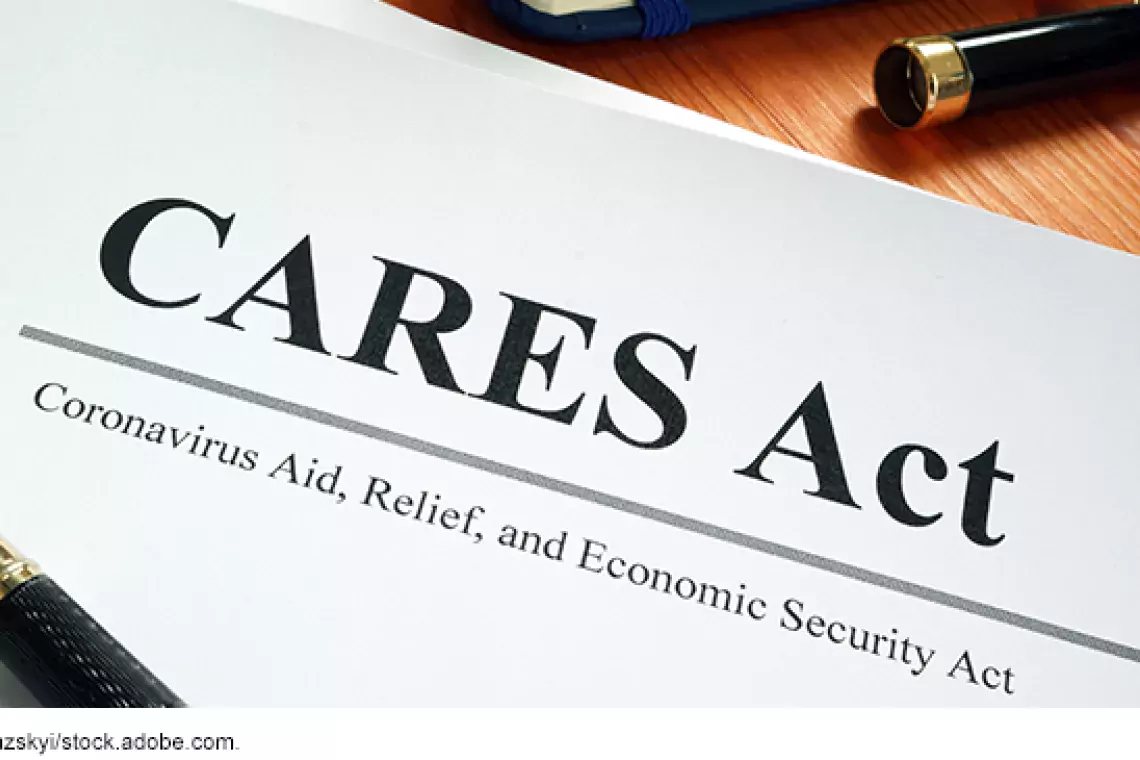The Military’s Pandemic Response—Supporting Civil Authorities
The Department of Defense (DOD) often is expected to play a critical role in helping respond to a pandemic or medical disaster. For example, during the Zika virus outbreak in 2016, DOD collaborated with the Department of Health and Human Services (HHS), the National Institutes of Health, and the Centers for Disease Control and Prevention to develop, manufacture, and test a Zika vaccine.
We already have seen the military called upon to provide support to civil authorities (primarily HHS and the Federal Emergency Management Agency) in responding to the novel coronavirus (COVID-19). For example, the U.S. Navy hospital ships Comfort and Mercy were deployed to New York City and Los Angeles, respectively. These ships will provide additional medical personnel and resources to these localities.
The military may be called upon to provide greater assistance in the future, raising the questions: What role can the military play? And how might it be affected by the pandemic?
Today’s WatchBlog explores the military’s role during past health emergencies, and how a pandemic could limit DOD’s support of civil authorities.
Past efforts
During public health emergencies, DOD can be called upon to provide support functions to civil authorities, such as providing military personal for casualty clearing or staging. For example, National Guard units were recently deployed in New York to enforce the containment zone around New Rochelle and in the State of Washington to build field hospitals. Military personnel also can support the evacuation of patients to locations where hospital care is more readily available, such as in transporting infected cruise ship passengers to and from military bases around the country to be quarantined.
In 2015, during the height of the Ebola outbreak in West Africa, DOD personnel provided logistical and airlift assistance, helped build treatment units in the region, and established mobile testing laboratories. DOD has worked closely with other federal agencies—such as HHS and the Department of Homeland Security (DHS)—to coordinate such response efforts in the past. For example, at the height of the Zika outbreak in 2016, DOD assisted these agencies in establishing preparedness, detection, and response measures, such as vector (e.g. mosquito) control in Hawaii.
However, we reported in 2017 that there may be gaps between how much and what kinds of support DOD can provide during a public health emergency like a pandemic and how much support other federal agencies expect. For example, federal agencies may need help to move supplies and materials during a pandemic, but DOD’s capabilities and resources may be constrained by other demands—for example, responding to other emergencies like a hurricane or military operations abroad.
We recommended that DOD, HHS, and FEMA improve their preparedness and response to a pandemic if DOD’s capabilities are limited.
Impact of a pandemic on DOD
A pandemic could affect DOD’s ability to accomplish its core mission. A pandemic could significantly impair the military’s readiness, jeopardize ongoing military operations abroad, and threaten the day-to-day functioning of the department if a large percentage of its workforce is absent because of illness, the need to care for family members who are ill, or fear of becoming infected. DOD personnel would not be immune from a pandemic.
In fact, if a number of DOD personnel are affected, DOD may not be able to fulfill requests for civil assistance.
Improving coordination
To deal with such issues, DOD, HHS, and FEMA have taken steps to improve coordination efforts in recent years. They have updated their pandemic plans, conducted planning events and exercises, and developed planning assumptions that include scenarios in which DOD’s support is limited.
To learn more about how DOD prepares for pandemics and other emergencies, check out our report.
Comments on GAO’s WatchBlog? Contact blog@gao.gov.
GAO Contacts
Related Products

GAO's mission is to provide Congress with fact-based, nonpartisan information that can help improve federal government performance and ensure accountability for the benefit of the American people. GAO launched its WatchBlog in January, 2014, as part of its continuing effort to reach its audiences—Congress and the American people—where they are currently looking for information.
The blog format allows GAO to provide a little more context about its work than it can offer on its other social media platforms. Posts will tie GAO work to current events and the news; show how GAO’s work is affecting agencies or legislation; highlight reports, testimonies, and issue areas where GAO does work; and provide information about GAO itself, among other things.
Please send any feedback on GAO's WatchBlog to blog@gao.gov.





